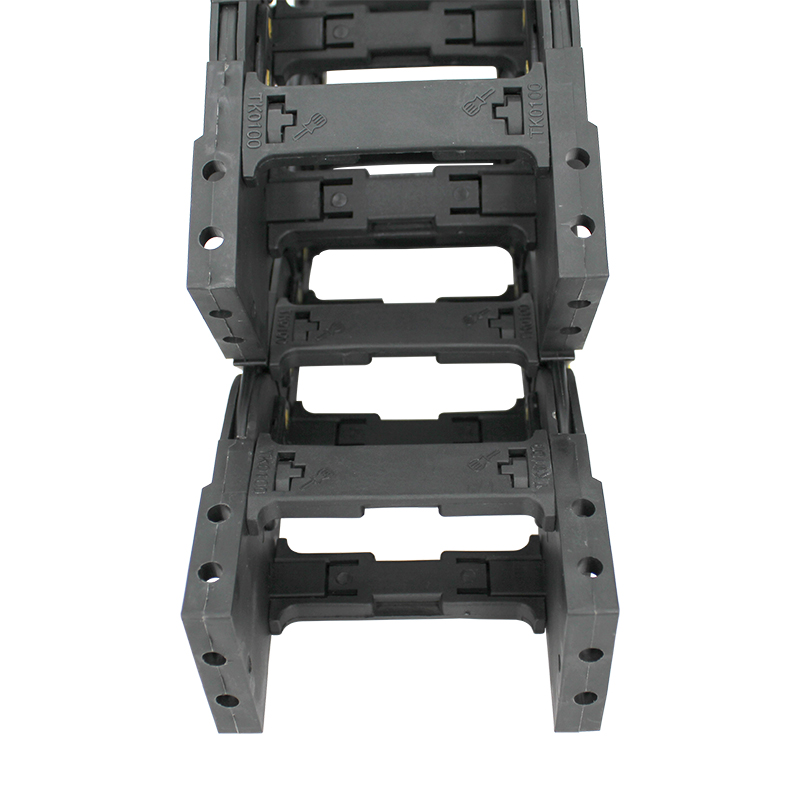corrugated conduit sizes
Understanding Corrugated Conduit Sizes A Comprehensive Guide
Corrugated conduits, also known as flexible conduits, are essential components in electrical installations, particularly for protecting and routing electrical cables and wires. With a variety of sizes available in the market, understanding the different corrugated conduit sizes and their specific applications can significantly enhance the safety, efficiency, and overall quality of electrical wiring systems.
What is Corrugated Conduit?
Corrugated conduit is a type of protective tubing made from various materials such as PVC, nylon, or metal. Its structure features a series of ridges and valleys, which not only allow flexibility but also provide strength and resistance to impact. This makes them ideal for various environments where electrical wiring may be exposed to mechanical stress, moisture, or chemicals.
Standard Sizes of Corrugated Conduits
Corrugated conduits come in several standard sizes classified typically by their inner diameter (ID). The most common sizes include ½ inch, ¾ inch, 1 inch, 1½ inch, 2 inch, and larger variants that can go up to several inches. Here’s a brief overview of the common sizes
- ½ inch (12.7 mm) This size is most frequently used for residential applications where individual wires or small bundles of wires need protection. It is flexible enough to pass through tight spaces and provides adequate shielding for low-voltage applications.
- ¾ inch (19.1 mm) Ideal for both residential and light commercial use, this conduit size can accommodate slightly larger bundles of wires and is often used for lighting circuits and appliance wiring.
- 1 inch (25.4 mm) This size is commonly employed in commercial settings, suitable for heavier duty installations that involve multiple wires or cables for motorized equipment or larger machinery.
- 1½ inch (38.1 mm) and 2 inch (50.8 mm) These larger sizes cater to more complex wiring systems, facilitating the organization and protection of multiple cables in industrial environments, data centers, or utility installations.
corrugated conduit sizes

Each size of the corrugated conduit has its fittings and connectors, which helps provide a secure and snug fit, minimizing the risk of damage to cables and enhancing safety
.Factors to Consider When Choosing Corrugated Conduit Sizes
1. Cable Capacity The primary factor to consider is the number and size of the cables you plan to run through the conduit. It’s crucial to choose a conduit that can comfortably accommodate the cables without overcrowding, which can lead to heat buildup and potential failure.
2. Flexibility Needs If your installation has numerous bends or tight corners, you may need to opt for a smaller diameter conduit that offers greater flexibility.
3. Environmental Conditions Depending on where the conduit will be installed (e.g., indoors, outdoors, underground), the size and material may vary. For instance, in outdoor environments, a larger diameter and a UV-resistant material may be necessary.
4. Future Expansion If future expansion of your electrical wiring is anticipated, selecting a larger conduit size can save you from the hassle and expense of reinstalling conduits later.
Conclusion
Understanding corrugated conduit sizes is vital for anyone involved in electrical installations. Proper sizing not only ensures compliance with electrical codes but also contributes to the durability and effectiveness of wiring systems. By evaluating factors like cable capacity, flexibility needs, environmental conditions, and future expansion, you can make an informed decision that best suits your specific application.
As technology advances and newer materials become available, the range of corrugated conduits continues to evolve. Staying informed about these developments can help improve the performance and safety of electrical systems, ultimately leading to enhanced longevity and reliability. Whether you're a professional electrician or a DIY enthusiast, investing time in understanding corrugated conduit sizes will undoubtedly pay off in the quality of your projects.








